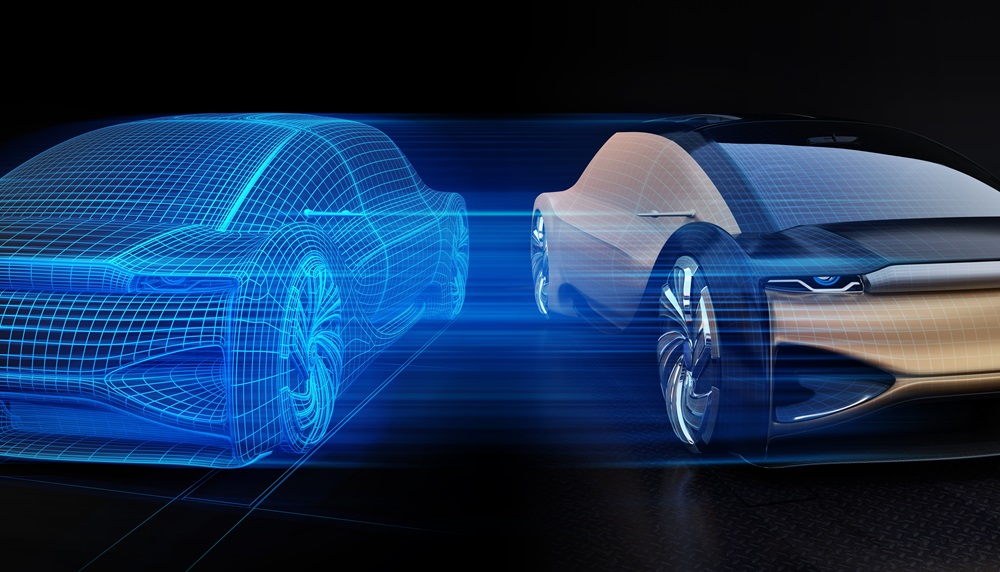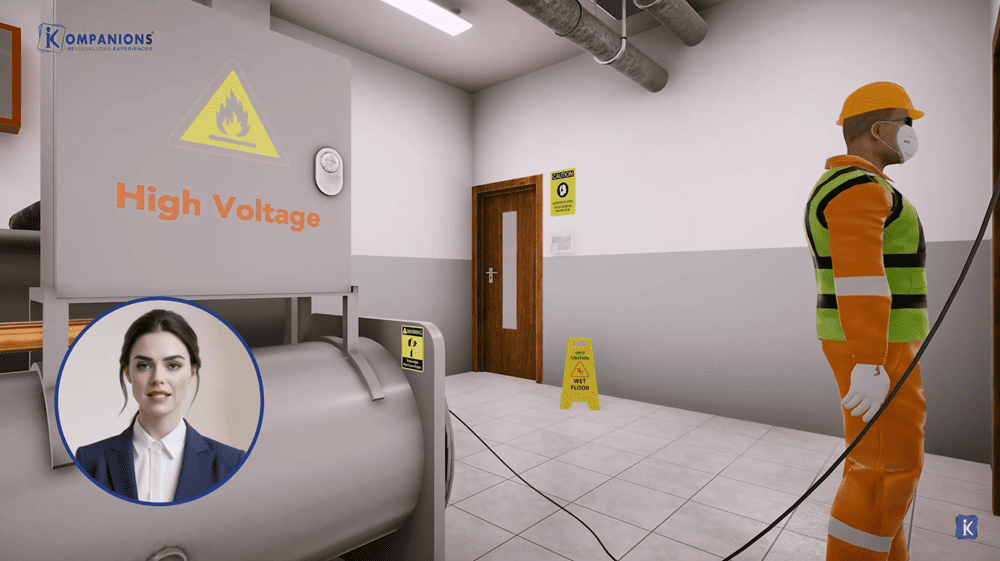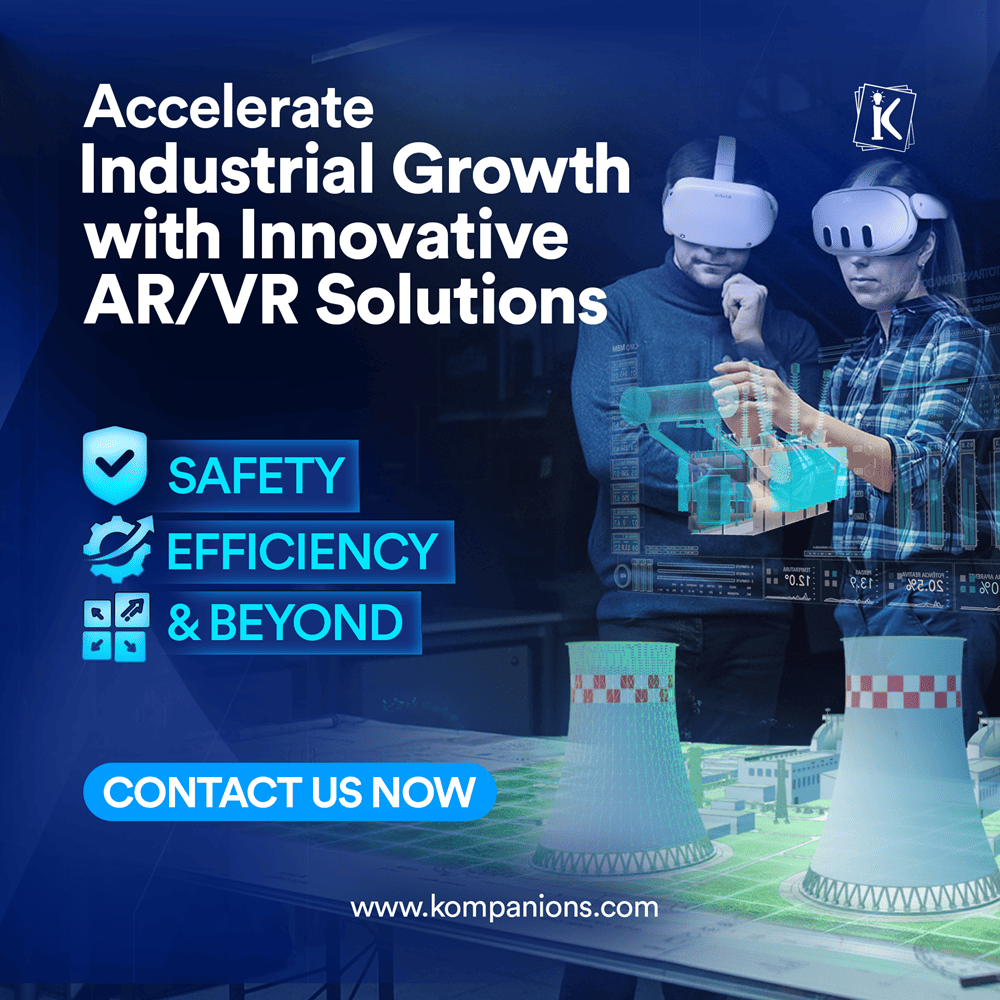Digital Twin in Automotive Industry Boosting Efficiency & Innovation
Envision a world where manufacturing is perfect, supply chains are dynamic, and cars can predict failures. Digital twins in the automotive industry have been changing the dynamics of the industry rapidly in recent years.
The automotive sector is undergoing a huge technology shift, and the digital twin is spearheading the change.
For cars, a component, or a manufacturing process, in the automotive sense, a digital twin represents a virtual replica of a physical vehicle. With the technology, carmakers can observe, simulate, and optimize operations in real time, enabling smart production, improved design, and predictive maintenance.
By integrating digital twins in various phases of car design and production, companies can reduce costs, optimize safety, and optimize overall efficiency.
This blog explains how the automotive digital twin is transforming industry processes ranging from car production to maintenance.
Digital Twin in the Automotive Industry: The Definition
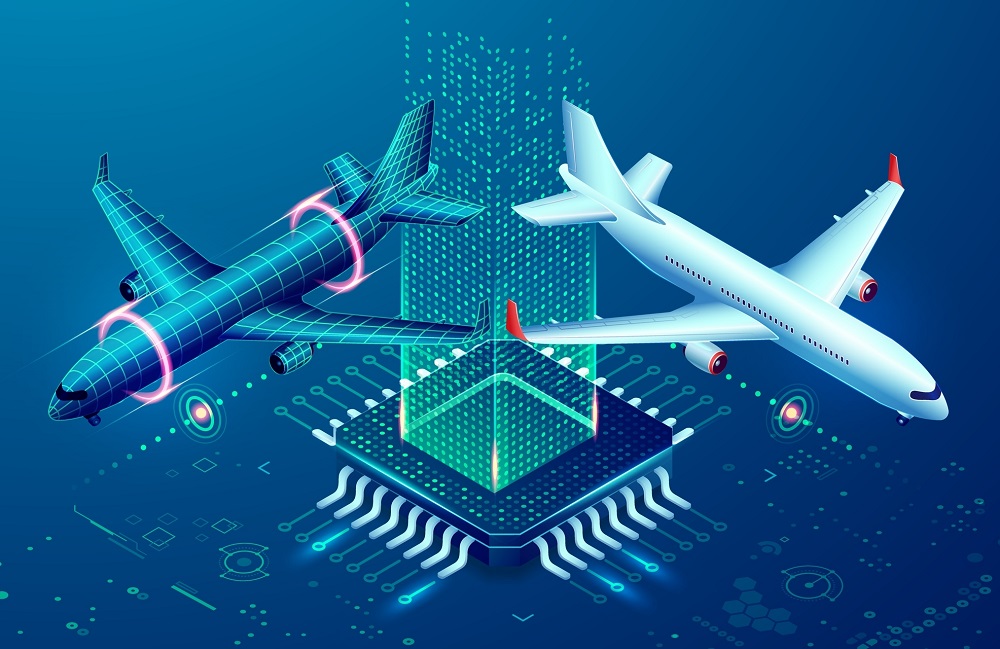
Technological advancements like industrial augmented reality, industry 4.0, and AR in the automotive industry have greatly influenced the auto sector in the recent past.
A virtual copy of an automobile or its parts, imitating every aspect, is called a digital twin. The automotive digital twin model replicates the behavior and properties of an existing equivalent, which enables engineers to simulate conditions ahead of time before modifying them in real-time situations.
Key Components of an Automotive Digital Twin:
- Data Integration: Sensors collect real-time data from physical vehicles.
- AI & Machine Learning: Advanced algorithms analyze performance data.
- Simulation & Modeling: Engineers test vehicle behavior under different conditions.
- IoT & connectivity: Facilitates smooth communication between physical and digital twins.
Uses of Digital Twins in the Automobile Industry
Let's discover the 10 applications of digital twins in the car industry and briefly discuss each one of them. Are you ready to observe the applications of digital twins in the car industry?
1. Vehicle Design and Prototyping
Digital twin technology is changing the process of how vehicle design and prototyping are done by virtualizing physical vehicles and automotive parts. Digital twins in automotive design enable car engineers to simulate all aspects of the design process, such as aerodynamics and mechanical stress, without actually creating a prototype.
Digital twins in automotive design enable car engineers to simulate all aspects of the design process, such as aerodynamics and mechanical stress, without actually creating a prototype.
Advantages:
- Quick Prototyping
- Cost Reduction
- Enhanced Design Precision
- Improved Innovation
- Sustainability
Digital twins improve car design by making it faster, more intelligent, and more productive, enabling manufacturers to gain an edge when it comes to innovation.
2. Production Process Optimization
A highly coordinated assembly line leads to the production of the best vehicles. But how would you improve on this even before the very first car goes out of the production line? That is where digital twins help in optimizing the production process.
Digital twins in manufacturing whirl along nicely, both literally and for real. Not only do you have a product of improved quality, but you conserve time and resources – the kind of productivity that will impact the bottom line.
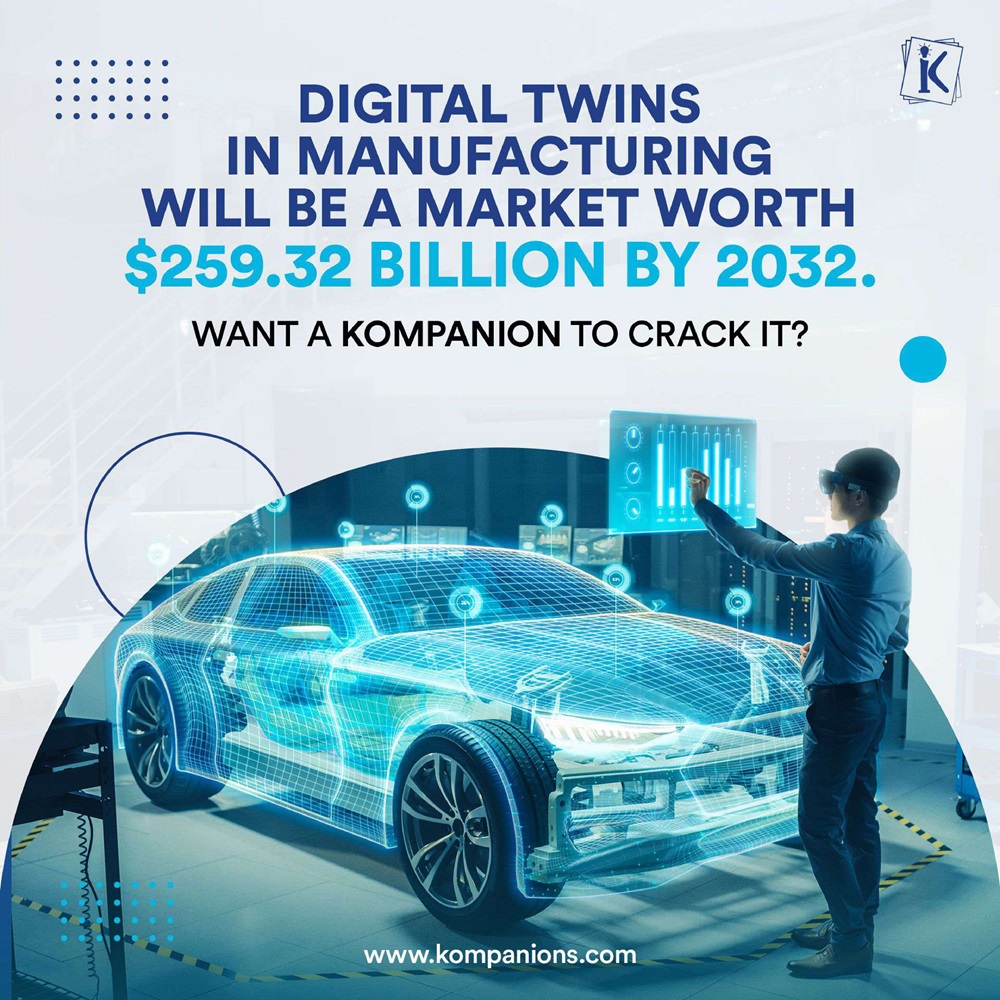
3. Predictive Maintenance and Diagnostics
Predictive Maintenance and Diagnostics is one of the most significant digital twin applications of the automotive sector.
Virtual replicas of physical cars can be made to track performance in real time and forecast at what time certain parts may fail or need maintenance by the manufacturers and operators.
Key Advantages:
- Minimum Downtime
- Cost Effectiveness
- Life of Vehicle Enhanced
- Safety enhancement
- Peak Performance
The preventive approach makes the vehicles more dependable, safer, and cheaper to maintain.
4. Autonomous Vehicle Testing and Validation
One of the key uses of digital twins in the automobile industry is in the design and test stage of self-driving cars. In plain language, a digital twin makes a virtual replica of the self-driving car and the environment around it.
It would allow manufacturers to replicate real-world driving conditions in a simulation without actually having to test on real roads.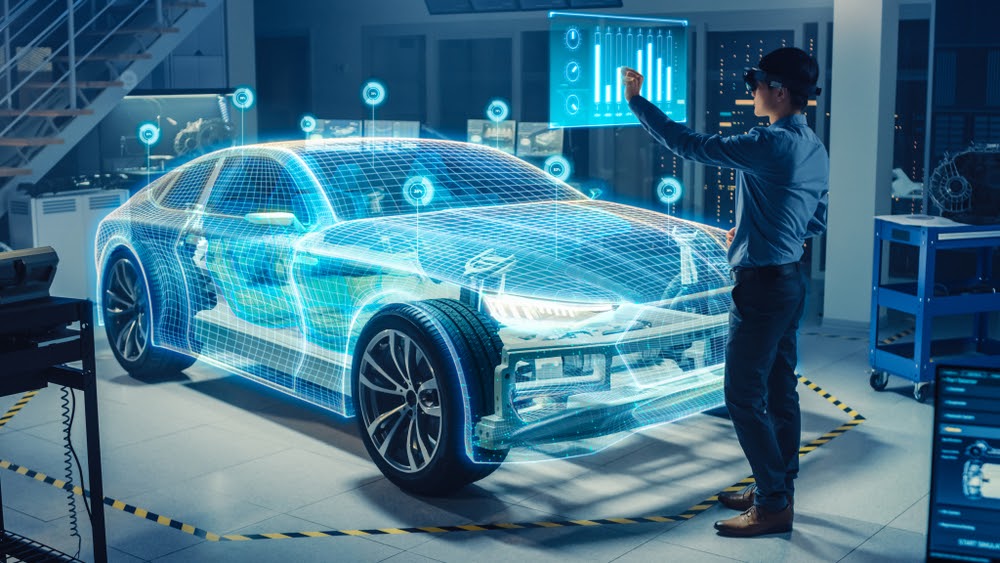 That translates to thousands of conditions that can now be tested on autonomous cars, for example, heavy traffic, weather, or intricate urban settings, but all in a virtual environment.
That translates to thousands of conditions that can now be tested on autonomous cars, for example, heavy traffic, weather, or intricate urban settings, but all in a virtual environment.
Key Benefits:
- Reduces Physical Test Costs
- Enhanced Safety
- Increased Developmental Cycle Speed
- Improved Coverage
In simple terms, digital twins accelerate vehicle testing and validation and make them smarter and safer.
5. Personalized Customer Service
Imagine showing up at a car lot and seeing cars designed to order for your specifications. Or picture your car driving you through its fix when something minor goes wrong. That is what digital twins can do in enhancing customer service.
In the automobile market, digital twins can usher in more personalized experiences for individuals. Companies can build a virtual copy of the consumer and his or her vehicle to provide him or her with customized recommendations.
6. Supply Chain Management
Digital twin platforms provide the automotive sector with new methods of supply chain management by emulating types of physical processes, assets, and systems within virtual copies.
Digital twins in vehicle maintenance emulate raw materials procurement to end-product delivery.
By leveraging real-time information based on sensors, IoT devices, and business systems, digital twins offer a complete picture of the system, thus supporting manufacturers in making improved decisions.
Key Advantages
- Increased visibility in real-time
- Predictive analysis
- Optimization
- Increased efficiency
- Enhanced cooperation
Automotive businesses can have less downtime, improve their supply chain, and keep an even smoother and efficient process using digital twin technology.
7. Employee Safety and Training
Digital twins have created new opportunities for worker training and safety in the automotive sector.
Digital twins in vehicle lifecycle management can simulate a whole production line or individual equipment in a virtual setting. Employees can train and equip themselves with this interactive and immersive training process.
But digital twins are not only about training. They also have a critical role to play in improving worker safety. Digital twins in automotive training can mimic different safety situations, allowing workers to learn about possible dangers and how to react appropriately.
8. Enhanced Quality Control
Digital twin solutions are transforming how we handle quality control in the automotive sector. They produce an exact digital copy of the parts of the vehicle and the assembly line.
Based on this virtual replica, you can foresee and identify where errors and discrepancies will take place.
To begin with, a less bumpy production line with fewer glitches means a better bottom line. When you catch potential issues early, you avoid the cost of rework and warranty claims.
Additionally, the supply of high-quality vehicles from the outset builds up brand reputation and customer satisfaction.
9. Customization and Configuration Management
Digital twins are not about manufacturing cars; they're about creating relationships. They enable us to get deep inside the customer experience, replicating their behavior and tastes in a virtual environment.
This is an incredibly powerful tool that can take patterns of customer decision-making and forecast what kind of features they will be attracted to when they choose to have their car serviced or make an initial purchase.
Key Benefits:
- Improved efficiency
- Better customer satisfaction
10. Energy Efficiency and Sustainability Analysis
Digital twins are the green-minded conscience of the car world. They're a virtual shadow of each car, an echo of all its environmental impact — from the design stage to the end of the journey.
With digital twins, you can model and analyze every aspect of the life cycle of a vehicle for energy efficiency. They enable you to test materials, designs, and processes to reduce waste and increase sustainability — all before turning a first bolt in the actual world.
Future of the Digital Twin in the Automotive Industry
With coming technologies such as ML, AI, and generative designs, the future for Digital Twin applications in automotive design and engineering holds much promise.
Some of the major areas in which digital twins will make significant contributions are given below:

Business Benefits of AR in Automotive Engineering and Design
- Virtual testing and validation without the necessity of physical prototypes
- Faster and more efficient design and development
- Development of autonomous vehicles
- Supply chain optimization
- Safety improved and better passenger protection
- Energy consumption optimized and reduced environmental impact
Conclusion
Digital twin in the automotive sector is a game-changer for all the operations of the industry. Digital twins in the automotive sector address some common problems by developing virtual copies, or digital twins, of an automobile and its parts, allowing real-time modeling and analysis.
The applications are numerous and significant, ranging from improving manufacturing processes and safety testing to enhancing vehicle design and optimizing performance.
The deployment of digital twins is, however, bound to be confronted with challenges because of several major challenges, including security and privacy, legal and regulatory, organizational, and technical challenges.

